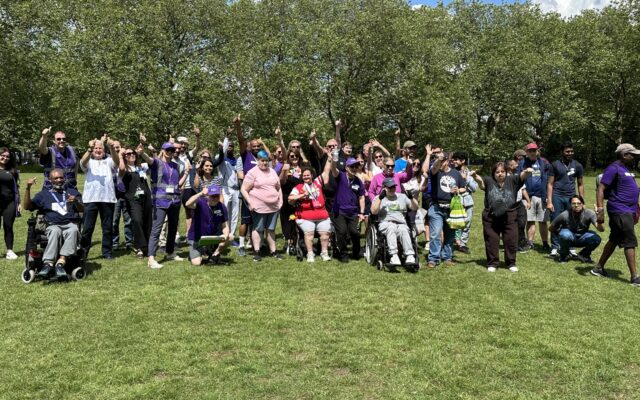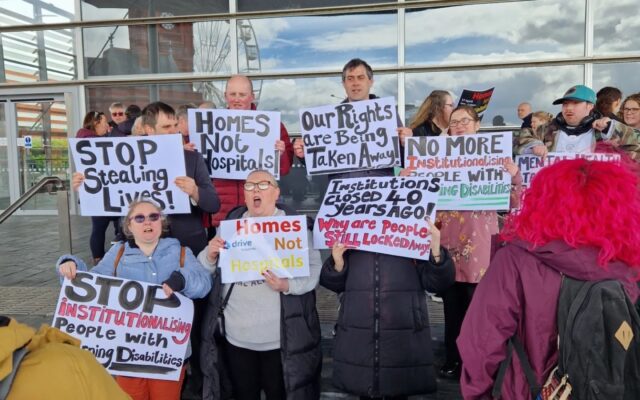About five years ago, I took too much medication because I couldn’t read the label.
I was panicking and scared – a horrible feeling. I rang my mum. I told her I couldn’t read the label, so she told me to send a photo to her. She told me I needed to take two tablets, not three.
Confidence and risk
It knocked my confidence and I had to rely on my mum or my support worker for a while to get my confidence back.
If labels are not accessible, it puts people at risk. If you can’t read a medication label properly, you might take too much or not take it at all and your health could suffer.
If these labels were easy to read, you wouldn’t need to ask for help. You would be independent taking your medication.
My role at the learning disability service at Leeds and York Partnership NHS Foundation Trust since 2020 has been to use my lived experience of healthcare to make services better for people with a learning disability.
Our Bigger and Better Labels project started because I shared my experience of taking too much medication.
It was important to talk to other people to find out how they felt about taking medication and if they could understand the labels. We ran some workshops at the Leeds Learning Disability People’s Parliament. People told us they also found it difficult to read the labels.
Making labels accessible has not happened before because people with a learning disability are not always listened to or taken seriously. Health professionals don’t have enough training to know what it is like to have a learning disability.
When I spoke to pharmacies while doing some mystery shopping, some told me they didn’t have the IT to make labels bigger or they didn’t have time. Some pharmacies can print bigger labels, but you have to ask. This is a problem because people don’t know they can ask or don’t have the confidence to speak up.
Information should be bigger and easier to understand. Pictures would help show how to take medication, how often and how much. The colour of packets can change, and sometimes this can be confusing. People at the chemist need to tell you about any changes.
We want to take away barriers to taking medication safely. We want people not to worry about taking it. This will give them more power over their lives.
Shaun Webster is involvement co-ordinator at the learning disability service at Leeds and York Partnership NHS Foundation Trust





